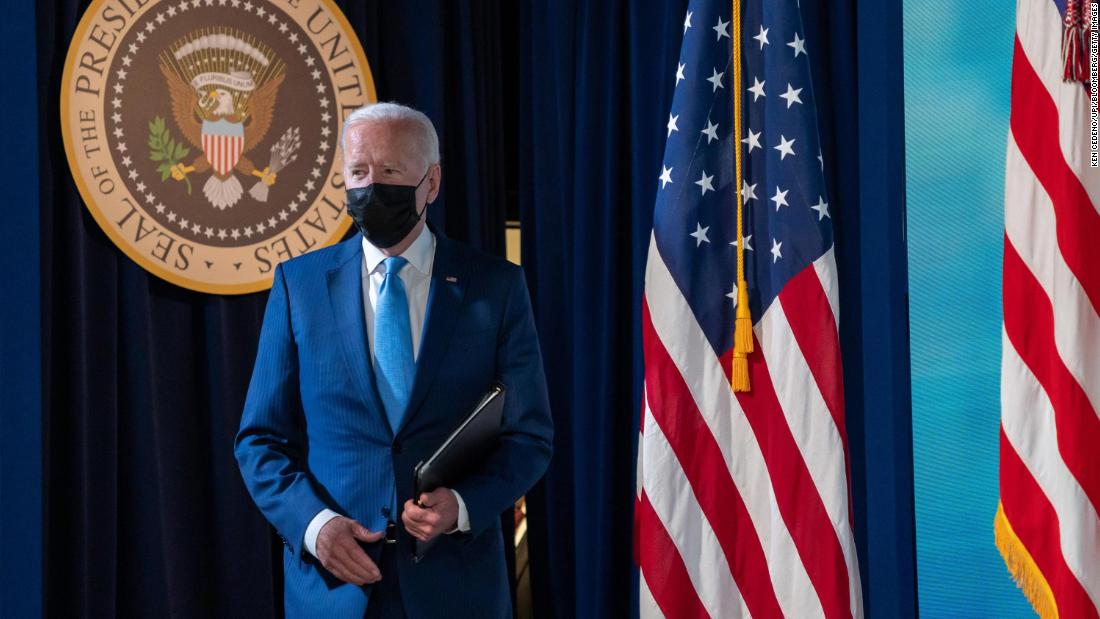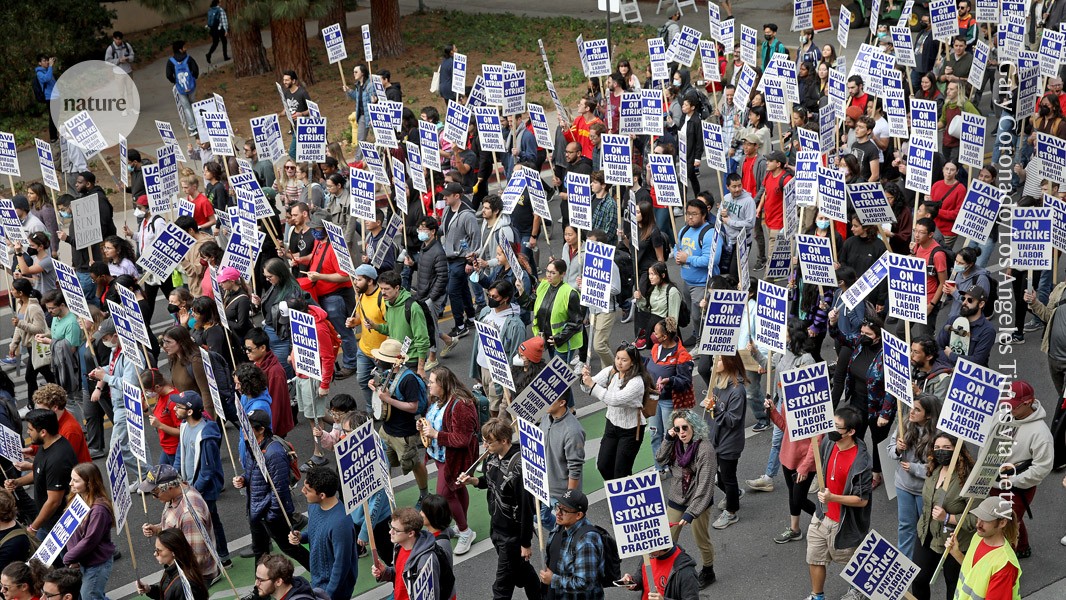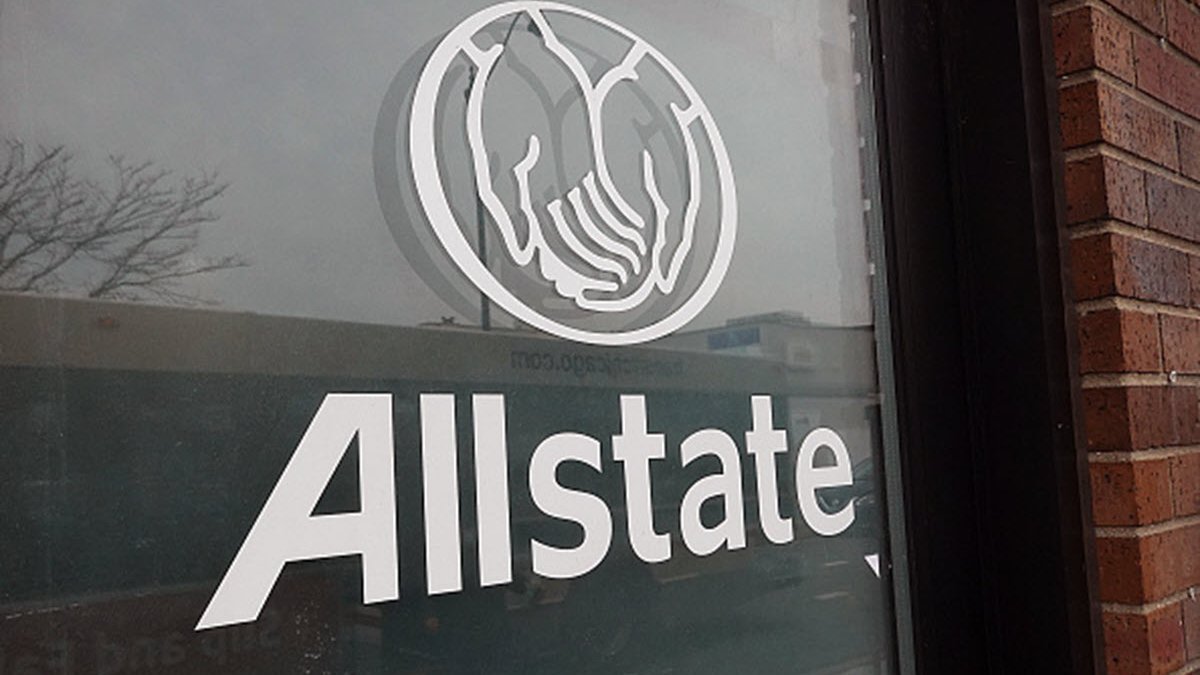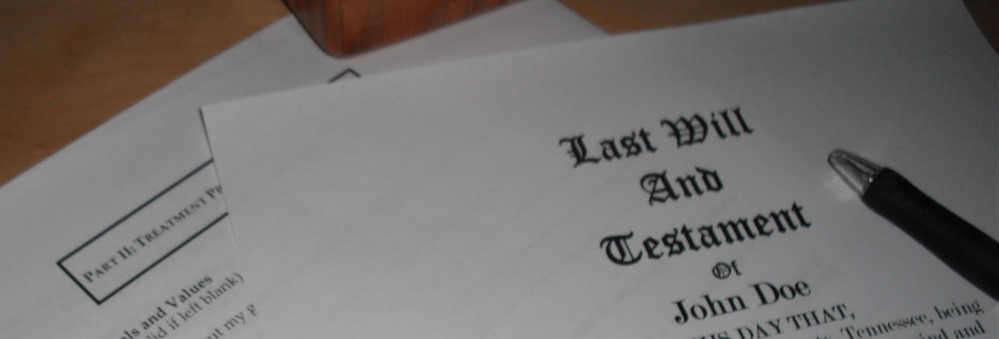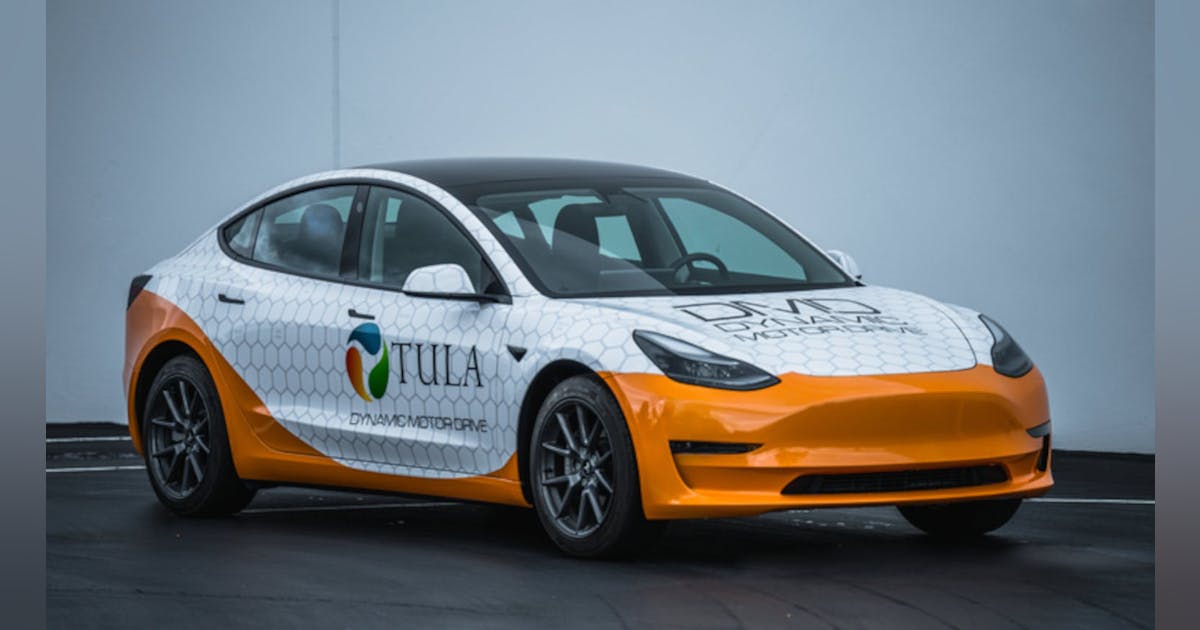CNN - Breaking News, Latest News and Videos
Imagine a network of modern, super-fast and comfortable trains hurtling between every major city in the European Union, providing a reliable, comfortable and sustainable alternative to air travel.
That was the vision outlined by rail industry leaders in Lyon, France, on June 29, amid ambitious European plans to double high-speed rail use by 2030 and triple current levels by 2050.
Only a massive -- and accelerated -- expansion of the high-speed network can achieve these hugely ambitious targets, but are they a realistic and affordable proposition?
France's world-famous TGVs, Germany's ICE and Spain's AVE have transformed rail travel over the last 40 years, but they remain largely focused on domestic markets.
That's no surprise. When countries are investing billions of euros in new infrastructure, political pressure to squeeze out the maximum benefit for taxpayers is inevitable.
Building lines across international borders, even within the European Union, creates tension over who pays for what, how the contracts are allocated, conflicting national standards and regulations and a host of other obstacles.







